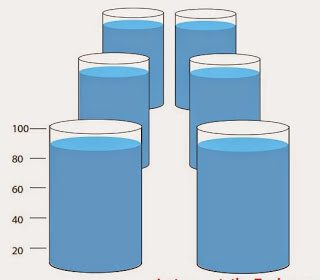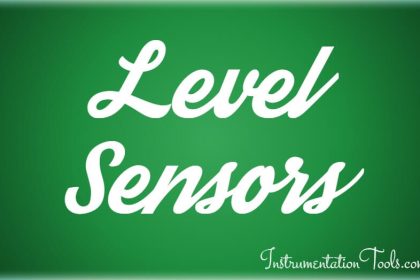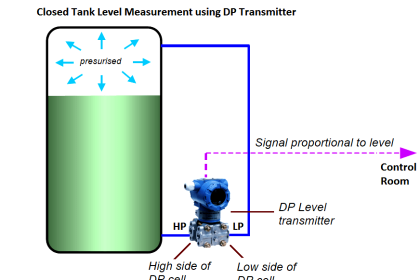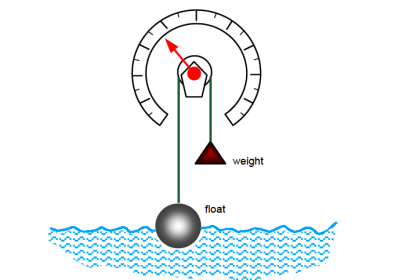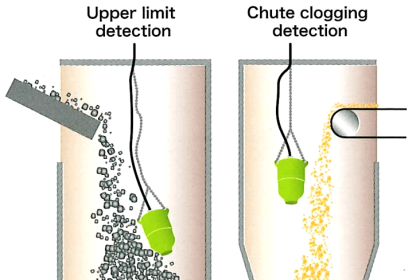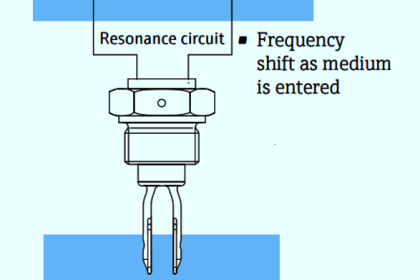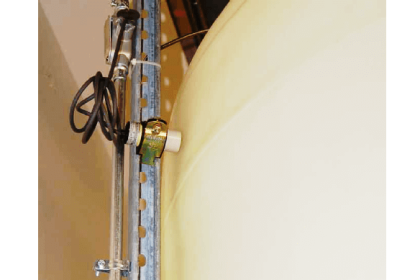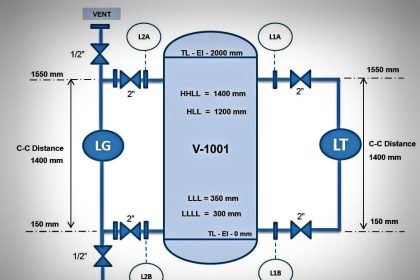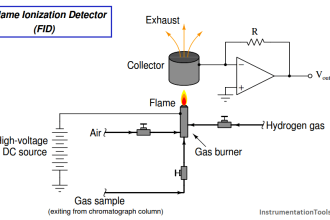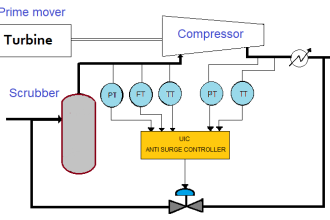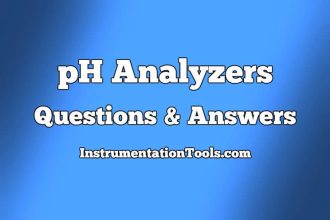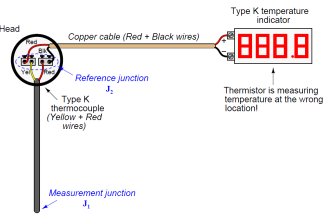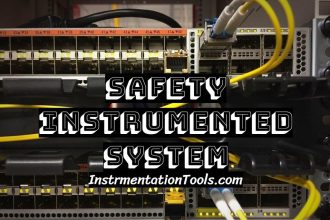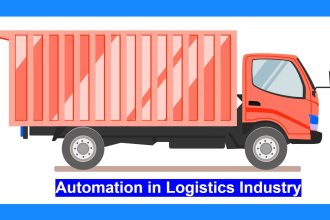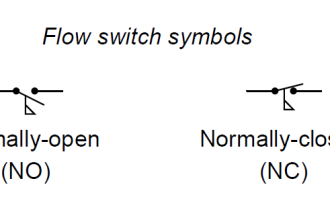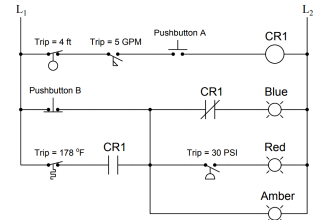Ultrasonic Tank Gauging is a non-contacting level measurement method. The sensors emit acoustic frequency waves in the range of 20 kHz to 200 kHz that is reflected back from the liquid surface and detected by the emitting transducer.
Ultrasonic level sensors can be affected (due to the change of speed of sound) by factors such as moisture, temperature, and pressures. To overcome this, correction factors are applied to the level measurement to improve measurement accuracy.
Ultrasonic Tank Gauging
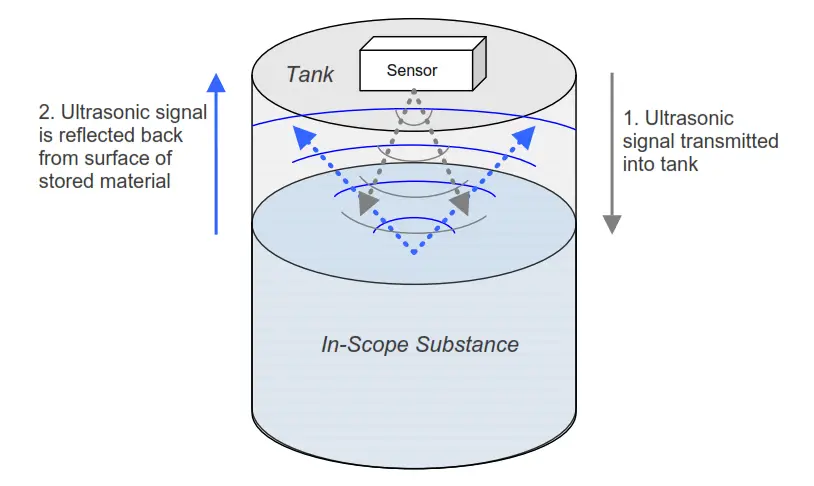
Figure: Simple diagram to demonstrate an ultrasonic level measurement system
Mounting and positioning of the ultrasonic transducer is key to ensuring the best response to reflected transmissions. Additionally, the tank should be relatively free of obstacles such as brackets or ladders so that false returns are minimized.
A widely recorded shortcoming of ultrasonic tank gauging systems is that they are susceptible to ringing. This occurs when the transmitted signal is reflected back to the transducer from an unintended surface, namely a surface other than that of the liquid in the tank. Ringing can be compensated for and, in a lot of cases, minimized so that it has a negligible impact on measurement accuracy.
An additional shortcoming is that it has been widely accepted throughout the industry that non-contacting ultrasonic devices are erroneous when used in vacuumed nitrogen blanketed storage tanks. Accuracy can be improved by having a fixed reference point within the tank and to instead continuously monitor the changes in level with respect to this fixed point .
This tank level measurement system is relatively cheap when compared to alternative systems that offer comparable accuracy.
This method of level measurement is widely viewed as being inaccurate; this is caused by the effect that gasoline vapor has upon the measurement. Both system manufacturers and system solution designers and installers have stated that this technology should not be used on gasoline or any fuel storage tanks.
References: Lewis WA (1994) Confusion Over Tank Gauging. Control and Instrumentation 1994, volume 26, Issue 9, pp11
Read Next:
- Ultrasonic Level Measurement
- Purpose of Tank Gauging
- Level Measurement Terminology
- Wire Guided Float Detectors
- Level Detection Switches
